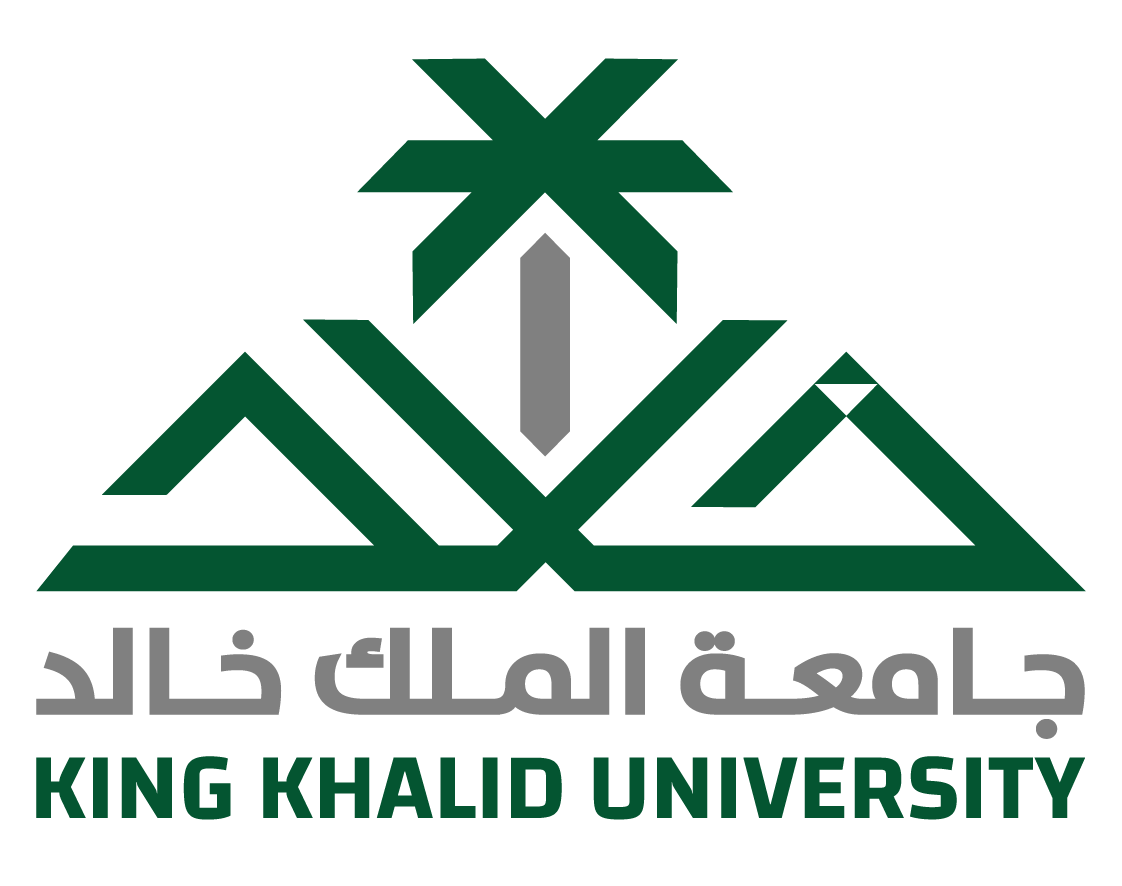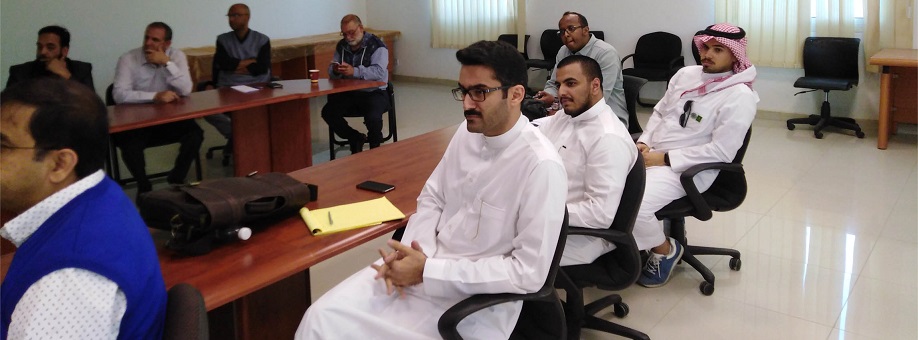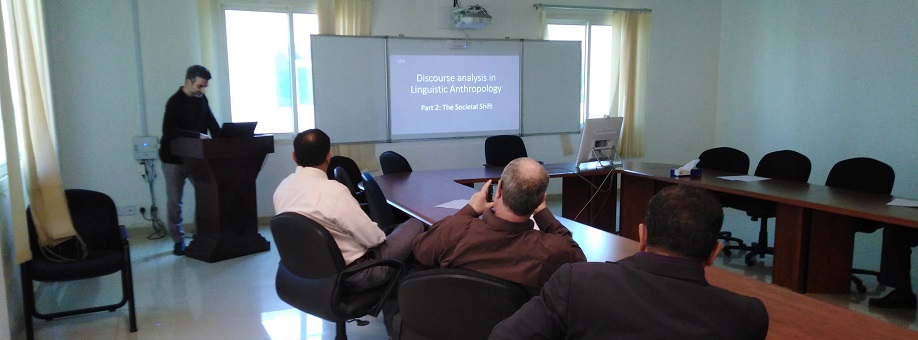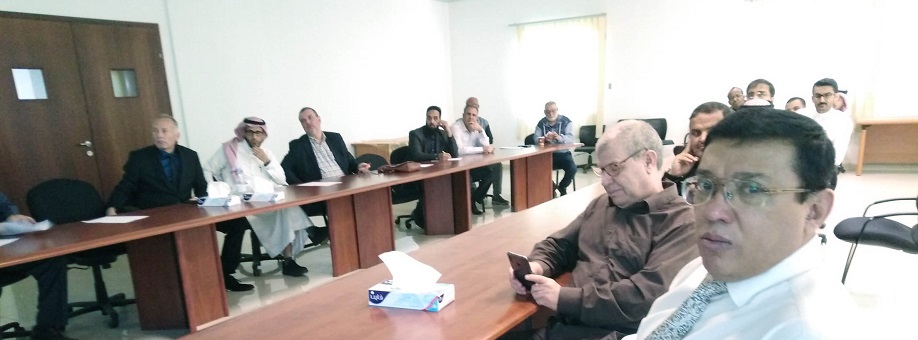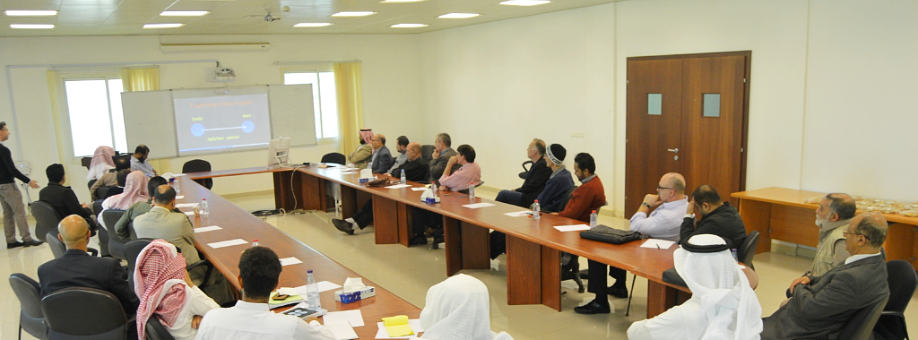Discourse Analysis in Linguistic Anthropology (Part 2)
Dr. Michael Hadzatonis spoke on the subject of Discourse Analysis in Linguistic Anthropology (Part 2) on October 16, 2019, at a seminar organized by the Language Research Center.
Hadzantonis focused on Goffman's Frame theory. He stated, "Erving Goffman stipulated that instances of talk should be complexified, and that talk becomes recontextualized, predicated on its current or situated 'frame, 'following work on Frame theory by anthropologist Gregory Bates. As such, Erving Goffman suggested a methodological framework to separate the speaker into four parts: The producer, the mediator, the author, and the figure. The framework also separated the hearer into multiple parts, including the ratified audience, the unratified audience, eavesdroppers, and bystanders."
Hadzantonis added that in the 1980s, rap music changed significantly from Early New School rap to Golden Age New School rap, where the figure, that is, the person or a subject referred to in the telling, shifted from self (the rapper) to societal issue (for example drugs or violence). This signified a marked shift in rap music and in society at large, grounding Goffman as highly relevant to modern society. The talk emphasized the possibility of employing a simple analytical framework as a Discourse Analytical technique in Linguistic Anthropology, where the framework can contribute to understanding ways in which we see rap music as restylized diachronically.
The seminar was a great success. King Abdullah Road campus also participated in the seminar.
Date: 11/5/2019
Source: Mohammad Adil Siddique
